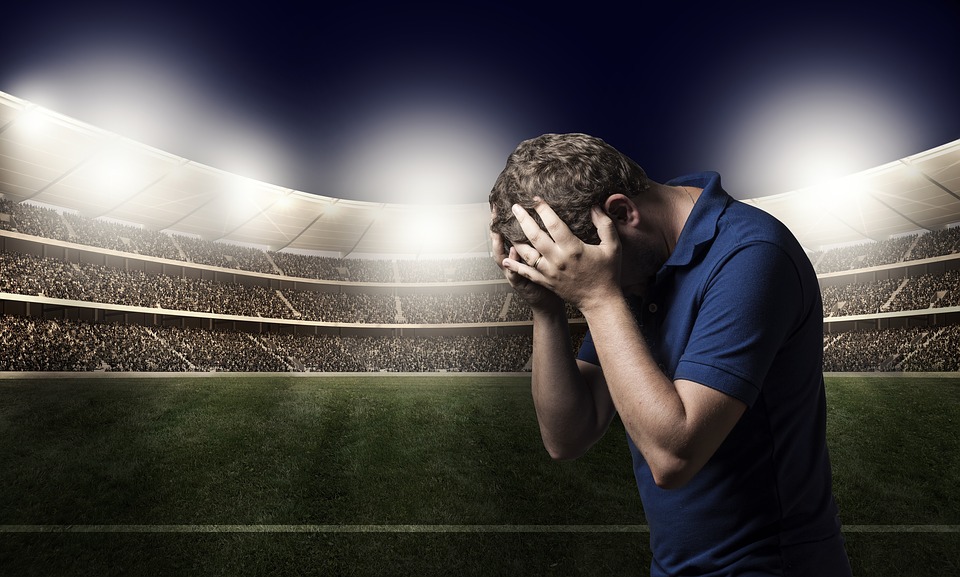Note that your final mark will not be saved in the system.
3.2.3.1.1 Aspects of personality, 3.2.3.1.8 Social facilitation Typeit
Type the correct answers into the spaces. Fill all the spaces before clicking ‘Check Answers!’

Social facilitation can be defined as the positive impact that performing in front of an audience has on sporting performance. In contrast, social inhibition is the negative impact on sporting performance when performing in front of an audience. These concepts were proposed in a model by the psychologist in 1965, which illustrates how the characteristics of an individual interact with passive and interactive members of the audience. The presence of an audience leads to an increase in , which results in the likelihood of the individual's dominant response occurring. Depending on the characteristics of the individual, it is this dominant response that determines whether the individual displays social inhibition or social facilitation.
Characteristics of the individual:
- Personality type – when introverts are performing in front of an audience, they tend to display signs of social . This is primarily due to their withdrawn personality traits and their energy levels being drained by the audience, resulting in a lacklustre or unnoticed performance. On the other hand, extroverts tend to thrive in the presence of an audience, displaying signs of social .
- Stage of learning – the presence of an audience for beginners at the cognitive stage of learning leads to social . This is primarily due to unfamiliarity, especially when the audience is large and is invested in the team's or individual's performance. Experts at the autonomous stage of learning are more likely to display social because they are used to performing in front of larger crowds and in significant fixtures/events. Moreover, experience often correlates with a greater level of skill and so expert performers are more likely to display the correct .
- Type of skill – simple skills are more likely to result in social . This is because skills of this type, such as a pass in football, are performed with much greater ease and have less significance in the grand scheme of performance. Conversely, the presence of an audience when executing complex skills is more likely to lead to social . This is because these types of skill, such as a gymnastics floor routine, require a significant amount of attention, which is difficult when there is the added distraction of an audience.
Strategies to minimise social inhibition:
- attention by filtering out audience distraction
- Using cognitive techniques such as mental rehearsal and positive self-talk
- Using relaxation techniques to lower levels of
- Practising skills in the presence of
- Over-learning skills through , increasing autonomy of movement
- Use of goal-setting to help reduce arousal and anxiety levels
apprehension is a concept that refers to the perceived judging of others that negatively affects performance. It leads to elevated arousal levels, which are amplified if those who are evaluating are perceived to be of a higher status than the performer. Performers are more likely to suffer from this if they have low , as this trait forms the preconception in an individual that they are not good enough. Additionally, it is likely to occur if individuals have suffered from negative experiences in similar situations before.